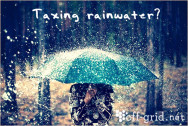
Sea Bubbles: Off-Grid Travel in the City
Ever wanted to book a flying water taxi to take you to your destination? If you’re in Paris during the summer you could do just that. The first fleet of five Sea Bubbles and a mooring dock will be trialled on the River Seine in June this year.
The eco-friendly transport system, founded by world sailing and windsurfing speed record holders Alain Thébault and Anders Bringdal, will be solar and hydro powered. The Sea Bubbles are silent, have zero emissions and a battery driven propulsion system. They are built using the same technology as Hydroptére, the boat which gave Alain the world speed record in 2009. The bubbles “fly” above the water with only four thin wings in contact with the water surface. This system not only ensures they have 40% less drag than a similarly sized motor boat, but also they generate no waves at full speed, so they can operate in “no wake” zones.
Currently, the Sea Bubbles are designed to carry four to five passengers and a driver. However as CEO Anders Bringdal pointed out, batteries are advancing quickly, becoming lighter and providing higher levels of power. This allows future models to carry more people. There are also plans for the Sea Bubble to become completely autonomous – no driver required!
Most large cities are trying to come up with ways to reduce their pollution levels. There are Boris Bikes in London and electric vehicles in European and US cities, such as Paris and San Francisco. Until now, the rivers and seas around which these cities are built have been largely ignored. The self-sustaining system of the Sea Bubble ticks both of these boxes and offers a fun way to travel.
Mr Bringdal noted that different cities have different needs and so the amount of electricity produced from solar or hydropower to run the Sea Bubbles would vary depending on location. Sea Bubbles are aimed to be rolled out in cities across the globe, bringing an off-grid mode of transport to a very on-grid world.
Find out more at: www.seabubbles.fr
Watch Sea Bubbles CEO Anders Bringdal discuss future plans at: www.youtube.com/watch?v=WPMdRIEk7H0…

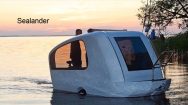
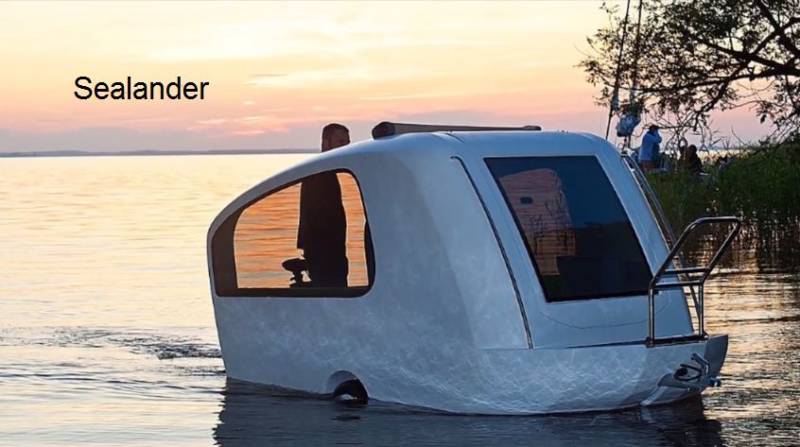

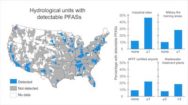

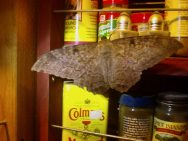


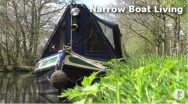


 Back to our story here, we meet David Johns, a former TV journalist from the UK who quit his job, sold his house, and bought a narrowboat to cruise the canal network, he planned on giving it a year to see how he liked it, apparently it grew on him and he is still doing it. Not only is he doing it, he is documenting it as well. Here is the original video that caught my eye, I’ll include a link to his YouTube page below.
Back to our story here, we meet David Johns, a former TV journalist from the UK who quit his job, sold his house, and bought a narrowboat to cruise the canal network, he planned on giving it a year to see how he liked it, apparently it grew on him and he is still doing it. Not only is he doing it, he is documenting it as well. Here is the original video that caught my eye, I’ll include a link to his YouTube page below.

